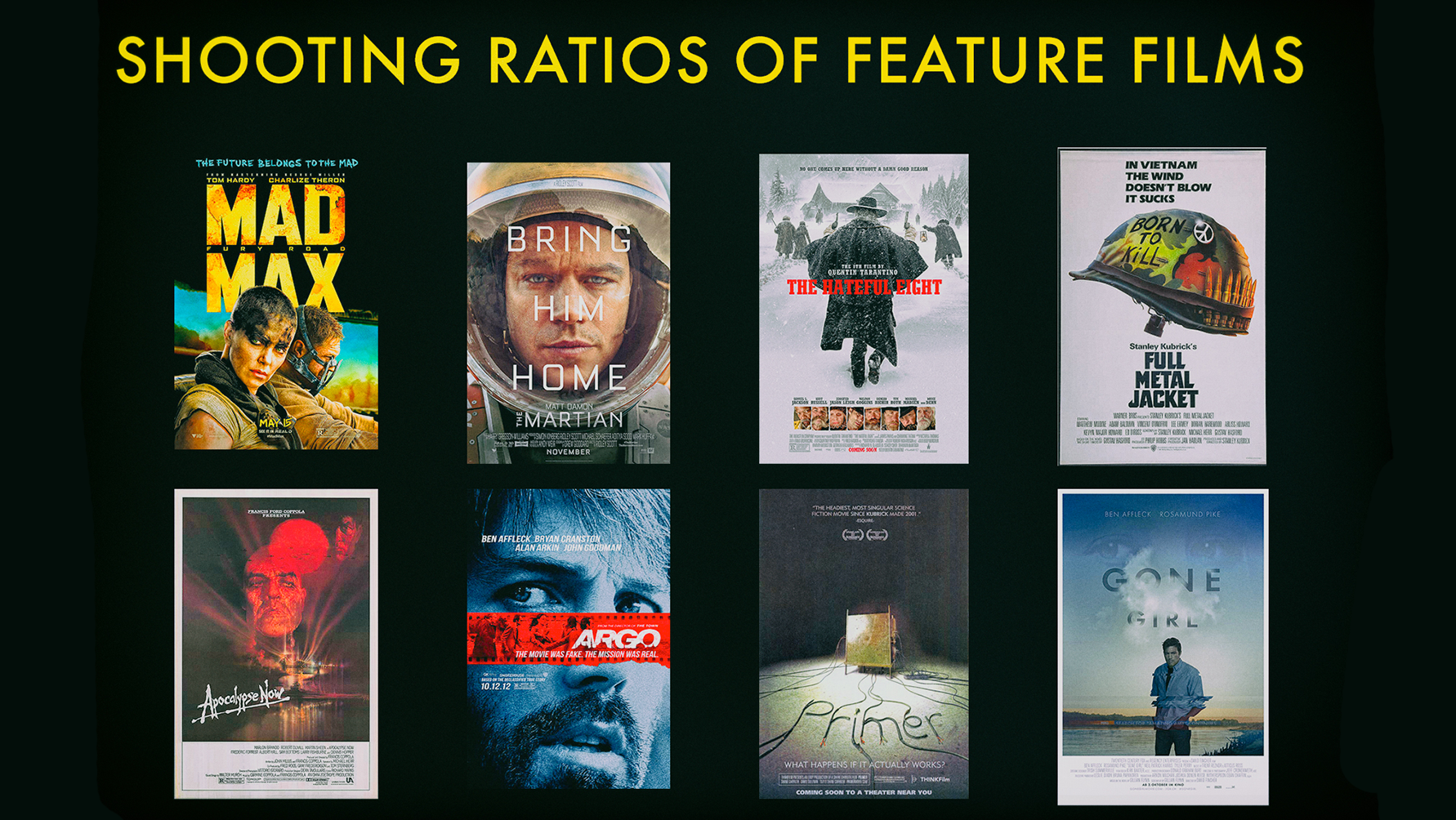After roughly six weeks of organization and media management, we finally have our fingers on the final shooting statistics of the documentary. A month ago, on August 19, 2017, we shared the photo below on social media. The camera slate was marked with the stats on the project as of August 18, 2017.
At that time we had ingested and logged 066 rolls of digital cinema, which worked out to be 275 filmed scenes. My Assistant Editor, Loi Almeron, and I waged a friendly bet to see who could guess what the sum total of scenes would be without going over. At the time of the bet, we knew that the total rolls of film was 103; and so, we made out best guesses. Some of you participated in the bet too. Here is a record of the submitted guesses via Instagram and email:
Ellen Blaser: 685 Scenes
Deon Sagers: 649 Scenes
Kimberly Sagers: 633 Scenes
Bryan Pitcher [director]: 618 Scenes
Carla Pitcher: 598 Scenes
Loi Almeron [assistant editor]: 518 Scenes
Rupensil Milne: 500 Scenes
One month later, I took this photo of the updated camera slate, reflecting the final stats on the project.
With the results in, the person who came the closest without going over was Loi Almeron. Clever lady!
So, what does this mean and why does it matter? As a filmmaker, knowing the amount of scenes and the amount of raw footage you have on a project is important because it says a lot about your creative process, productivity, and efficiency. I’m not a sports buff, but I suppose it is akin to knowing how many base hits, fouls, and home runs you’ve had in a season.
The film Misima has 525 self contained scenes
In fictional narratives, you only film the written scenes of a screenplay. If you’ve never read a screenplay, I recommend you do it at least once in your life because it is inspiring to see the differences between the written page and what you see on the silver screen. Sometimes the differences are vast, sometimes not. That said, screenplays are broken down into scenes. Scenes that play outside are called exteriors. Scenes that play inside are called interiors. Every time the screenwriter changes locations or moves a character from inside to outside within the story, it is written as a new scene.
Even though documentary films are non-fiction, I followed this structure of breaking down footage into scenes. Every time my subjects changed location or moved from inside to outside, I organized that portion of footage into its own scene. Ergo, the film Misima has 525 self contained scenes. Additionally, while I was in the field I kept detailed notebooks, where I would handwrite the scene location, time of day, and a summary of what happened during the filming of said scene.
The Shooting Ratio in filmmaking and television production is the ratio between the total duration of its raw footage created for possible use in a project and that which appears in its final cut.
This week, I was able to tally the run time of all of the raw footage that I captured on Misima Island. Here is the breakdown by camera:
Canon C300 & DJI Aerial Drone
193 Hours 34 Minutes 30 Seconds
GoPro
47 Hours 11 Minutes 00 Seconds
Sum Total Hours
240 Hours 45 Minutes 30 Seconds
In order to give you perspective, here’s an infographic that compares 8 fictional films shot over the last 35 years. As you’ll note, films are increasingly shooting more and more raw footage. In terms of shooting ratio only, the documentary Misima is on par with Apocalypse Now.
For documentary films, however, it can be different. While you usually have a conception in your mind about what the final story will look like, you are not shooting from a screenplay and have to be ready to follow your subjects wherever the story takes you. For example, the documentary Please Don’t Beat Me, Sir!, which is 75 minutes long, the filmmakers shot over 200 hours of footage. The thing to understand about shooting the unforeseeable is you might interview someone for an hour but only end up using a thirty second sound bite from the whole interview.
If you'd like to support the film Misima, the easiest thing you can do is share this link to help other’s learn about the film.
https://www.misimamovie.com/updates/shooting-ratio
If you can donate, the International Documentary Association, a 501(c)(3) nonprofit organization, has fiscally sponsored our project. So all donations are tax-deductible.
Ateu owa, which means "My heart to you" in the spoken language of Panamisima.
Bryan Pitcher, Director & Producer





